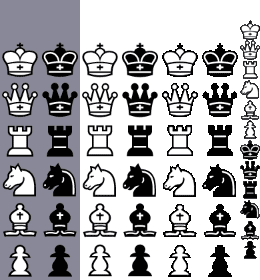If you want to become stronger at chess, then studying tactics consistently is the fastest way to do it.
The average 1800-level player has minimal chess knowledge but is strong at tactics.
Chess skill is mostly pattern recognition. The goal is to improve your pattern recognition so that you rarely miss 1, 2, and 3 move tactics. Even if an 1800-level player doesn't see a tactic immediately, his pattern recognition is good enough that he will realize that a position may contain a tactic, so he will look at the position deeper.
Often people get good at tactics by just playing a ton of speed chess, but studying tactics is a more time-efficient way to build your pattern recognition.
Consistency is the key. I recommend 30 minutes per day. I know a couple of people who improved tremendously by studying tactics 60 to 90 minutes per day, but most people don't have that kind of time. Thirty minutes daily is a good goal, but if this is too much, then 15 to 20 minutes per day if done consistently will still improve your tactics.
Over 20 years ago, I spent a year studying the book 300 Most Important Chess Positions for just ten minutes per night at bedtime, along with some other tactics study. After this, I had my best tournament results.
I recommend repeatedly doing the 1, 2, and 3 move tactics on my website. Don't be afraid of repetition, because it builds pattern recognition. With much practice, a 2000-level player should be able to get through all the 1, 2, and 3 white-to-move problems in just 30 minutes.
These tactics problems, along with the book Sharpen Your Tactics, helped me go from 1800 to 1900.
The books, 300 Most Important Positions and Practical Chess Exercises, along with the 1,000 problems in the Shredder app, which I love and have gone through 20 to 30 times, helped me go from 1900 to 2000.




